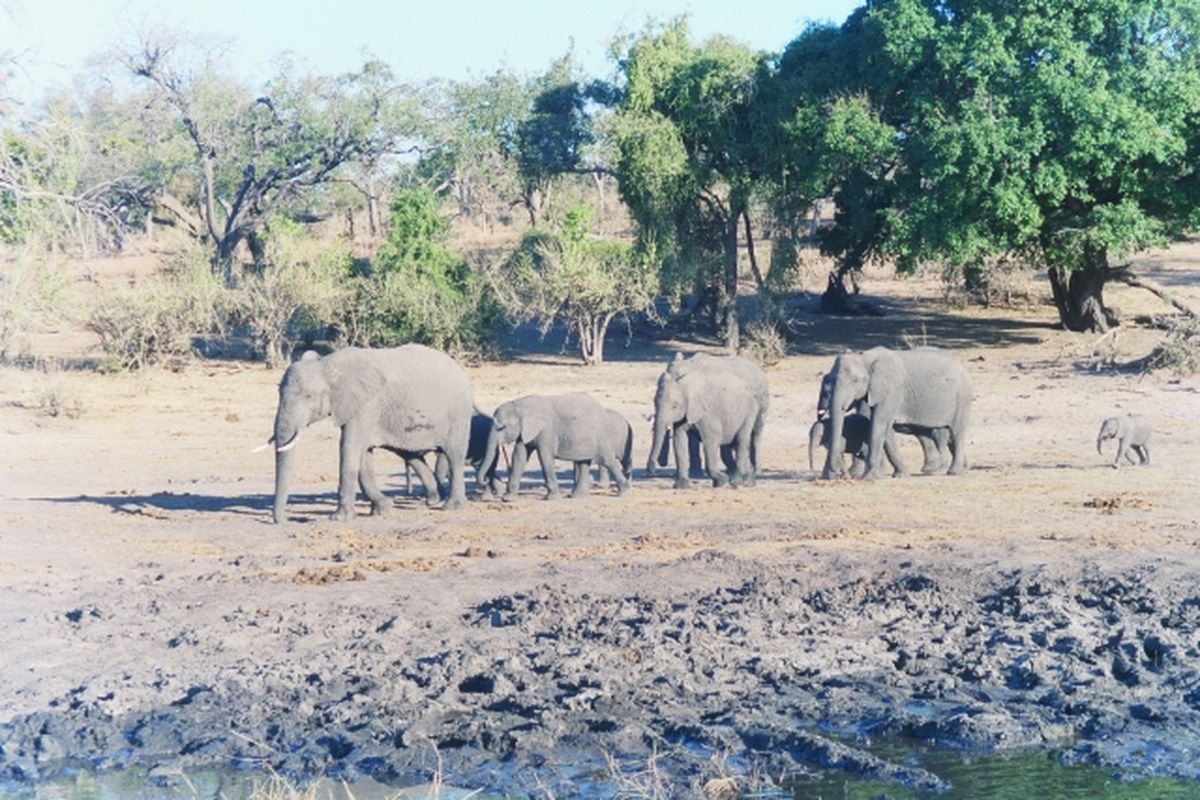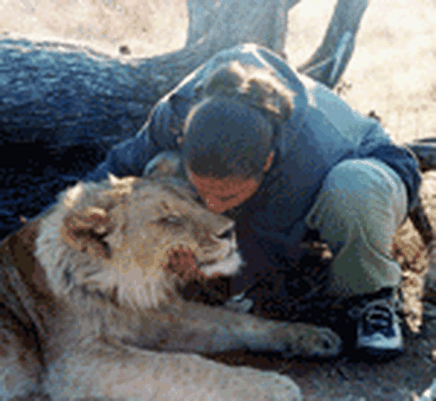Cruising the Chobe

The Cuando River begins its journey in Angola, flowing south to create the border between Angola and Zambia. It then crosses Namibia’s Caprivi Strip, changes its name to the Chobe River, changes its course to the east, and becomes the demarcation between Namibia and Botswana. Flowing further east, it spills into the Zambezi River which separates Zambia from Zimbabwe and gives us the glorious creation of the Victoria Falls.
The leg known as the Chobe River holds an amazing opportunity to see African wildlife at its best. During the dry season, April to October, animals move off the plains and towards the river, using it as their water source. It is at this time that elephant herds can be seen up and down the river as far as the eye can see. Quite literally. In fact, the Chobe River is the premier place for elephant sighting in Africa with an estimated head count of 120,000.
I had the pleasure of seeing this amazing confluence of pachyderms personally. Trying to count all of the elephants in view was difficult as more kept joining the throngs, near and far. Old bulls led the herds while mothers tried to rein in their babies and young males trumpeted their dominance on the water’s edge.
It was here that I learned elephants can swim. The river is too deep for them to wade, so throwing their trunks above the surface to use as snorkels, they lumbered to the edge and pushed off. It was a rare sight to see elephant after elephant swim the channel, and entertaining to watch the babies attempt to keep up.
In addition to elephants, you can find kudu, waterbuck, and springbok as well as hippopotamuses and crocodiles. The antelope tend to keep above the waterline while the hippos and the crocs prefer the marshy grass right on the bank. Look carefully, as that rock in the water may in fact be a hippo’s head, and that log might well be a crocodile! For the very careful observer, you might even be treated to a monitor lizard. But you’ll need to be on the lookout as they blend well with their natural surroundings and can be hard to spot.
This area is also a bird lovers’ paradise with more than 350 varieties being reported. Some of these are rare or otherwise difficult to spot species. As such, no bird enthusiast leaves this park disappointed. The river attracts birds year round, though the best time to see them is in the off-season from November to March.
There are two ways to take in the Chobe River, and most visitors take advantage of both. When arriving, come early enough to catch a sunset boat cruise. Several outfits run these cruises and you can usually sign up at your campsite or hotel. The standard schedule is to make their way west, eventually looping around one of the many flat-topped islands in the middle of the river, and then floating back to the east. This itinerary has the advantage of seeing both banks of the river and both sides of the islands for maximum game viewing. The route takes around two hours roundtrip, the perfect amount of time to relax, take in the sights, and get off the water before the temperature drops with the coming of nightfall. The sunset cruise also coincides with prime game viewing time as this is when most animals become active after their mid-day naps.
The boats are flat-bottomed, two stories, large enough to accommodate about thirty people, and come complete with tables and chairs. When you’re on the boat, it feels more like you’re on an open-air patio than on a ship. The layout is great for mobility so you can view animals in any direction as well as from above. Alcoholic beverages are not always provided, but it is not frowned upon to bring your own. But be sure to keep your wits about you. There are times that the boats pull up right alongside a crocodile, and you definitely don’t want to fall into the muddy river.
Aside from the wildlife, you will have the chance to see an exquisite sunset. The sun setting over the Chobe takes your breath away with the changing colors and intensity of the sun as it reflects off the river.
After a good night’s sleep, most visitors wake up early and catch a safari truck heading into the Chobe National Park, which borders the southern bank of the river in Botswana. This is another great way to see the river and the wildlife along it. The roads take you to the river, but they also take you across tracts of plains, forests and marsh. In these distinctly different ecosystems, you will find an enormous variety of wildlife. And often, you will find species you would not be able to see from the river.
Though the river borders Botswana and Namibia, the Namibian side is marshy swamp and therefore uninhabitable. Visitors stay on the Botswana side for this reason, as well as for access to the national park. Serondela is the area of the park most often visited. It is comprised of plains, forest, and the section of the river most popular for boat cruises.
Tourists visiting this section of the park usually stay in the small town of Kasane, a popular destination as both boat cruises and safari game drives leave from here. Kasane is in the northeastern corner of Botswana, near the “four corners” of Africa where Botswana, Namibia, Zimbabwe, and Zambia meet. It is also very close to Victoria Falls; the drive is only eighty kilometers (fifty miles) from the border. For those with limited time, this can make for a good overnight activity when visiting the falls in Zimbabwe.
Accommodation in Kasane is readily available and ranges from basic campgrounds to high end safari lodges. There is even a luxury safari live-aboard cruise option. As the accommodations vary, so do the prices. You’ll want to book ahead and compare rates and amenities at each location. However, most lodging choices will have game drives and cruises on offer, either through the lodge directly or through affiliate partners. The more expensive lodges might include these in the price, but shop well to ensure you know what you’re paying for. Regardless of where you stay, visiting the Chobe National Park and cruising the Chobe River will be experiences not quickly forgotten.
